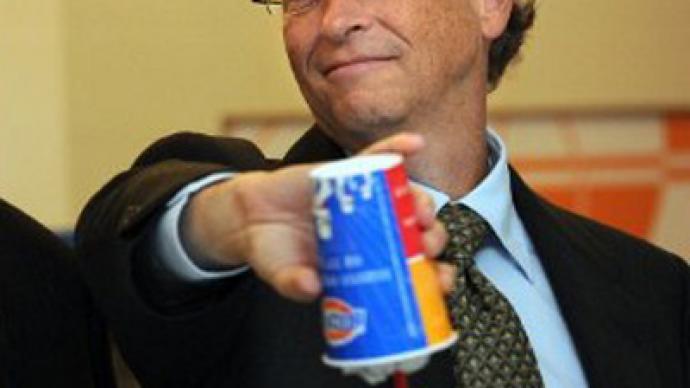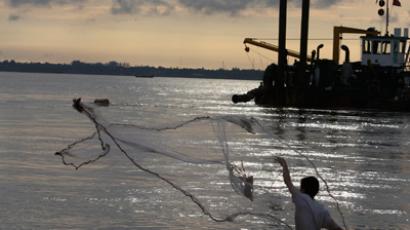Eau de toilette: Bill Gates pays to turn sewage into drinking water

The Bill & Melinda Gates Foundation has won worldwide respect for battling disease and starvation in the developing world. But their latest venture – cheaply recycling sewage into drinking water and fuel – may prove more controversial.
The charity foundation – which has a treasure chest of more than $30 billion – has just given $100,000 to British researchers who believe nanotechnology can extract clean water from human waste. And use the waste itself to produce easy-to-use energy.Dr. Sarah Haigh, who leads a research team from three top British universities, beat 2000 other competitors with the ingenious proposal, and will receive another million dollars next year if it actually works.Upon hearing the news Haigh said, “I get a lot of comments about the research I do. I don’t mind people making jokes as long as they’re clean ones.”But the plan itself is no joke, but complicated science. The waste will go into a special container, which will contain bacteria and nano-particles – tiny parts of metal that will react with the water and produce energy. Once the process is complete, the remaining water will be siphoned off as a drink.‘There has been a lot of research into biofuels. There is a lot of energy already present in human waste. Nano-scale materials mean that you can harvest the hydrogen and turn it into hydrozene – which is basically rocket fuel,” Haigh explains.But the key will be making something so technologically-advanced, cheap and easy enough to use to be given to some of the world’s poorest populations.“This technology will be particularly important for remote locations in developing countries and will have the added benefits of reduced pollution and lower waste disposal costs,” says Haigh hopefully.
Toilet-to-tap
While people understand the need for clean water in places with no central water supply, many in the developed water will turn up their noses at the invention. What many people do not realize is that what critics have dubbed “toilet-to-tap” water is already widely used in some of the world’s wealthiest countries.Residents in Virginia in the US have been drinking “recycled” water since the ’70s. In the last decade Singapore, which has traditionally had to import huge quantities of water from nearby Malaysia, has spent tens of millions of dollars on purification facilities. It has even marketed the resulting product as NEWater, and has been promoting it by giving out free bottles at public events.With one in eight people having no access to clean water, and recent reports predicting military conflicts over worldwide freshwater shortages within 30 years, the clamor for clean drinking water will only increase.Wherever it comes from.














